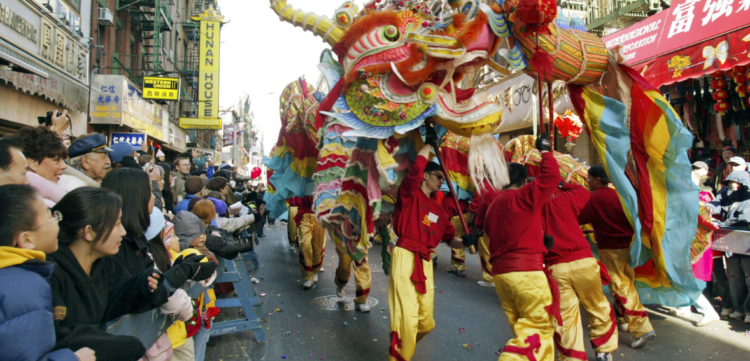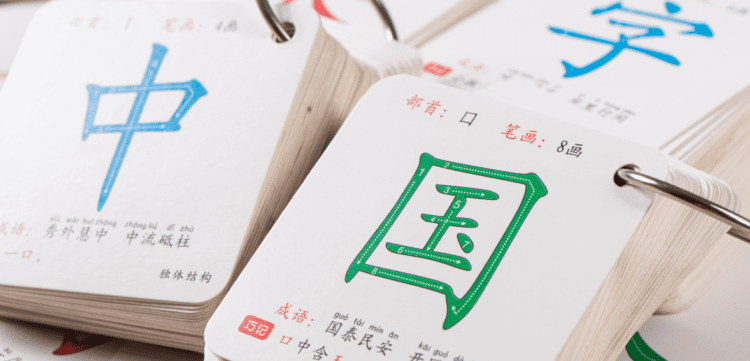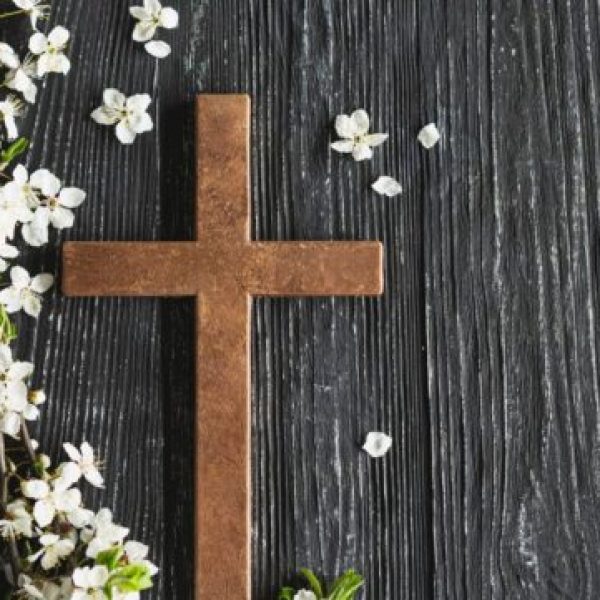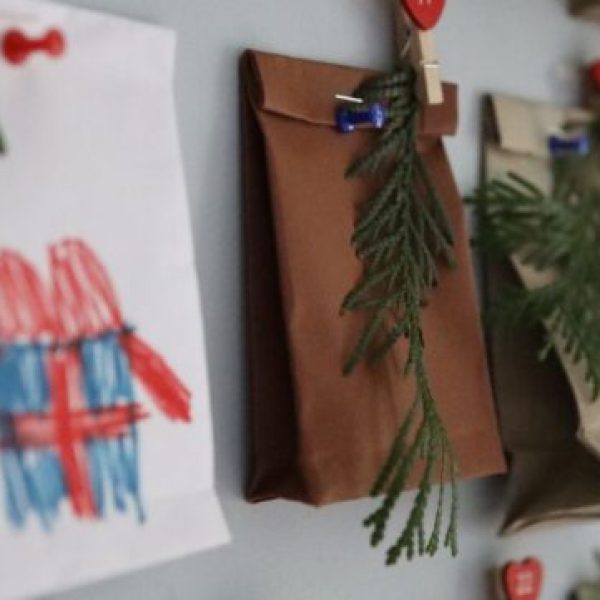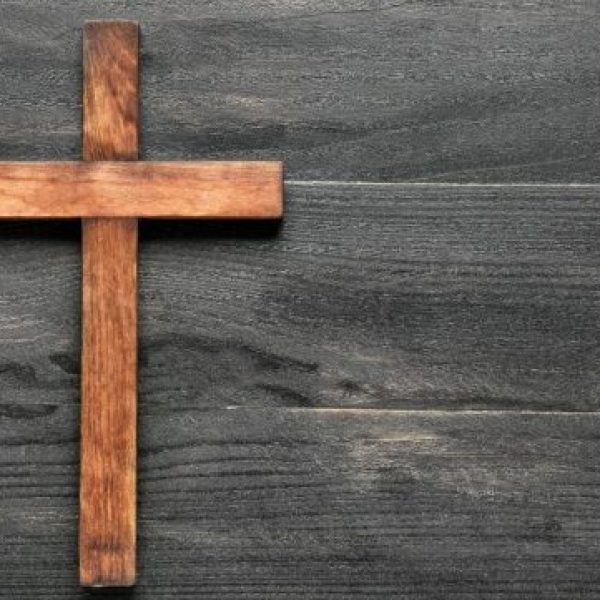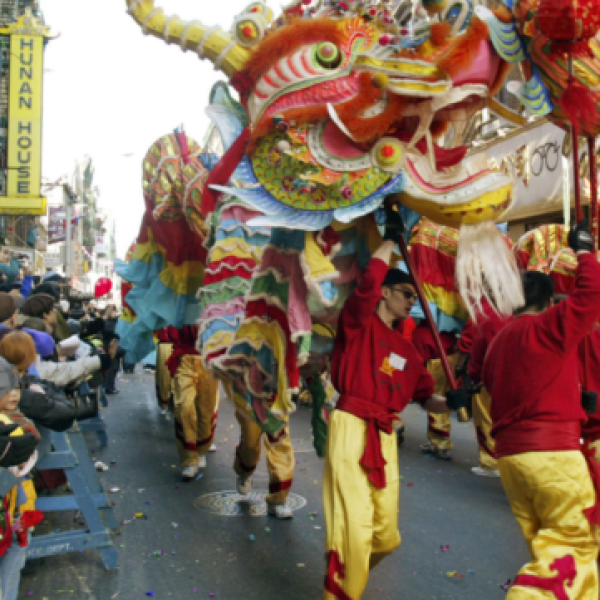The Lunar New Year, or Chinese New Year, heralds a period of vibrant celebration, marking the onset of the new year according to the lunar calendar. This festival, deeply rooted in Chinese culture, is characterized by an explosion of red decorations, the echo of fireworks, and the joy of family reunions. It’s a time when ancient traditions meet modern festivity, with each symbol and ritual rich in cultural significance. These Lunar New Year symbols are not merely for show; they embody deep-rooted wishes for prosperity, health, and protection, reflecting a respect for heritage and a hope for future blessings.
As the most significant holiday across Chinese communities worldwide, Chinese New Year offers a unique lens into the cultural fabric of China, showcasing practices that have evolved over millennia. The festival’s customs, from the giving of red envelopes to the dynamic lion dances, serve as a bridge between generations, teaching the young about their heritage while bringing the community together in celebration. By exploring these traditions and symbols, we gain insight into the importance of Chinese New Year in fostering community and family bonds and its role in symbolizing the universal human aspirations for renewal and prosperity in the coming year.
Table of Contents
Understanding Chinese New Year: The Spring Festival
Chinese New Year, also known as the Spring Festival, is a significant cultural observance that heralds the beginning of the lunar new year according to the traditional Chinese calendar. This 15-day celebration is the longest and most significant holiday in Chinese culture, reflecting deep-rooted traditions and customs. It’s a vibrant mosaic of family reunions, feasting, and festivities, where family members often travel great distances to return to their ancestral homes, reinforcing family ties and honoring ancestors, thus ensuring continuity and a shared sense of belonging.
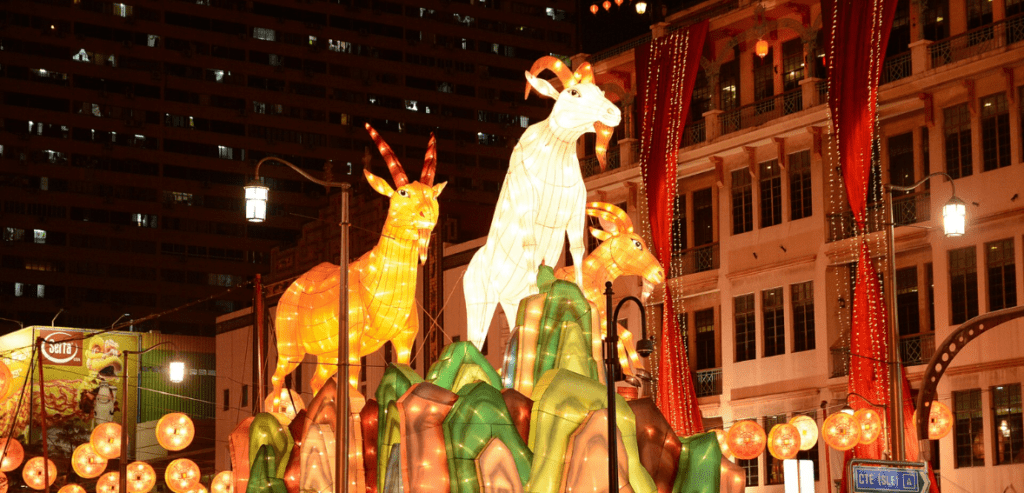
The culinary traditions during the festival are particularly symbolic, with specific foods intended to bring prosperity and good luck in the new year. Fish, signifying abundance, and dumplings, resembling ancient Chinese money, are staples. Traditional activities like lion dances, which aim to bring good fortune and ward off evil spirits, and fireworks, originally meant to scare away the mythical beast Nian with loud sounds and bright lights, are integral to the celebration.
History and Roots of Chinese New Year
Chinese New Year, also known as the Spring Festival, boasts a rich history that extends over 3,800 years, deeply rooted in ancient agricultural rituals. Initially, these ceremonies were designed to honor deities and ancestors, offering thanks for the bountiful harvests of the previous year. The festival is meticulously aligned with the lunar calendar, which causes the date to vary each year; for instance, it fell on February 12th in 2021 and on January 25th in 2020.
A central element of the Chinese New Year is its connection to the Chinese zodiac, a cycle of twelve animals, each representing a year in a repeating sequence. This tradition is steeped in mythology, particularly the legend of a great race called by the Jade Emperor who rules over the heavens. According to the myth, the order of the animals in the zodiac was determined by their positions in this race, which the Emperor devised to establish his celestial guard. The rat, having won the race by crossing a river on the back of the ox and then sprinting to the finish, leads the cycle, followed in order by the ox, tiger, rabbit, dragon, snake, horse, goat, monkey, rooster, dog, and pig.
Each animal dictates the year’s name and is believed to influence the personality traits and destiny of individuals born under its sign. This belief weaves a complex tapestry of cultural significance around the festival, emphasizing renewal, continuity, and the cyclical nature of life. Chinese New Year thus remains a profound celebration, embodying both a reverence for tradition and a vibrant festivity that marks new beginnings and hopeful futures.
Lunar New Year Symbols
The Spring Couplet: Verses of Health and Prosperity at Every Doorstep
The tradition of displaying Spring Couplets at the entrances of homes is a practice rich in symbolism and aspiration. Written in elegant calligraphy, these couplets offer poetic wishes for the new year, encapsulating desires for health, success, and happiness. As an integral part of Chinese New Year symbols and meanings, Spring Couplets do more than just decorate; they enhance the spiritual atmosphere of the home and set a positive, hopeful tone for the occupants, boosting their mental and emotional well-being.
Lanterns: Illuminating the Path to Prosperity with Symbolic Radiance
The soft glow of lanterns is a hallmark of Chinese New Year, representing hopes and dreams for the future. These lanterns, often adorned in red and inscribed with wishes for prosperity and good health, are not merely decorative. They are deeply symbolic in Chinese New Year traditions, acting as beacons that attract fortune and happiness to a household. As families hang these lanterns outside their homes and along streets, they do more than light up their surroundings; they set the stage for a year filled with blessings and success. The tradition of lantern hanging is a communal expression of shared hopes and a visual reminder of the luminous possibilities of the new year.
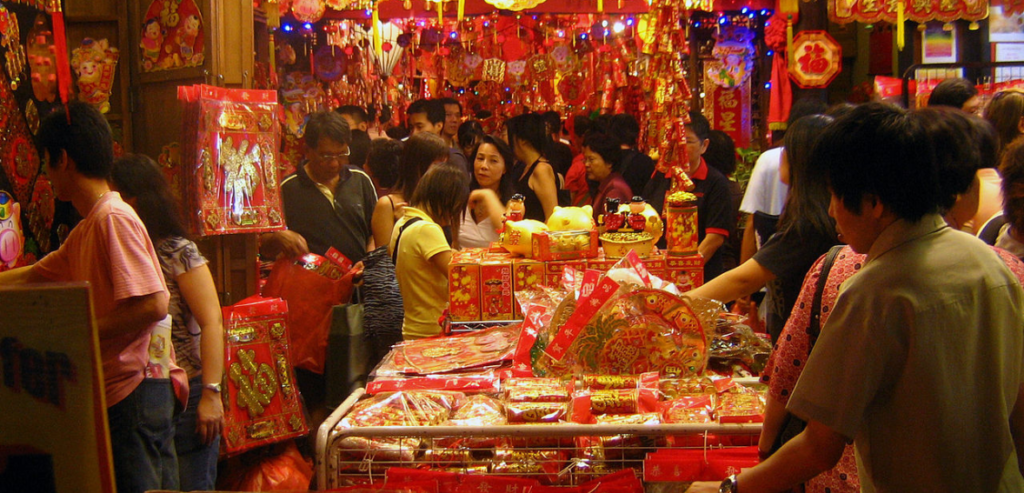
Red Envelopes: Distributing Joy and Prosperity Through Tradition
The exchange of red envelopes, known as ‘hongbao,’ is a cherished custom during Chinese New Year, embodying generosity and good wishes. Filled with money, elders typically give these envelopes to younger family members, symbolizing the transfer of fortune and blessings. The red envelope is a key symbol in Chinese New Year celebrations, signifying material wealth and wishes for health and happiness. This tradition underscores the value of family ties and mutual care, reinforcing bonds among relatives and promoting the well-being of each family member through acts of kindness and respect.
The Zodiac’s Influence on Personality and Prosperity: An Annual Spiritual Guide
In Chinese culture, each year is associated with one of the twelve zodiac animals, significantly influencing the life and fate of those born under their sign. These zodiac animals are central to Chinese New Year symbols and meanings, providing insights into personality traits and prospects. For example, the Dragon, which symbolizes strength and good fortune, is believed to affect personal vitality and success positively. By understanding the attributes of their zodiac sign, individuals can align their actions and lifestyle choices to optimize their inherent qualities and potential for prosperity and health in the coming year.
Observing Taboos to Safeguard Health and Joy
Adhering to various taboos during Chinese New Year is another dimension of the festival’s rich traditions. These practices, which include avoiding certain actions like sweeping on the first day to prevent the loss of good luck or speaking inauspicious words, are believed to influence one’s health and happiness throughout the year significantly. These customs are essential to Chinese New Year symbols and meanings, guiding participants to engage in behaviors that enhance the festive spirit and its blessings rather than detract from them.
The Pervasive Power of Red: A Vibrant Symbol of Celebration and Protection
During the vibrant festivities of Chinese New Year, red is omnipresent, symbolizing joy, good fortune, and protection. This tradition has deep historical roots stemming from the ancient legend of the fearsome beast Nián, who was said to fear the color red. Legend has it that villagers used red banners to drive Nián away, a practice that evolved into the widespread use of red during the New Year celebrations. Today, red is more than just a festive color; it is a potent symbol believed to ward off evil spirits. By adorning homes, streets, and clothing with red, participants engage in a visual celebration that is also a protective ritual. This color, central to Chinese New Year symbols and meanings, acts as a beacon of hope and safety, ensuring the year ahead is blessed with health and prosperity.
The Dynamic Dragon and Lion Dances: Cultural Displays of Energy and Protection
The dragon and lion dances are vibrant and energetic highlights of Chinese New Year celebrations, steeped in cultural and ceremonial significance. These performances are more than just entertainment; they are ceremonial dances believed to dispel evil spirits and attract good health, vigor, and fortune. The dance’s dynamic movements and rhythmic beats invigorate both participants and spectators, imbuing them with renewed energy and a fortified spirit, essential for starting the new year on a positive note.
Culinary Symbols: Nian Gao and Oranges as Tokens of Elevated Fortunes
The culinary traditions of Chinese New Year are rich with symbolic meanings. Unique dishes like ‘nian gao’ (sticky rice cake) and mandarin oranges are consumed for their flavors and symbolic significance. Nian gao is associated with rising fortune due to its homophony with “higher year,” while oranges symbolize abundant wealth with their golden color. These foods are pivotal to Chinese New Year symbols and meanings, each serving as a reminder of life’s richness and the sweet, prosperous possibilities the new year can bring.
Embracing Modern Celebrations of the Chinese New Year
As the Chinese New Year approaches, traditions blend with modern technology to offer fresh, exciting ways to celebrate. One such innovation is the digital red envelope, which is popular on social media platforms like WeChat. This virtual exchange maintains the festive spirit of gifting while fostering connections across digital spaces. It’s important to both give and receive to keep the balance of joy and generosity.
Another contemporary tradition is the collection of virtual ‘Fu’ cards through Alipay, where each card represents a different blessing. Participants scan items and play online games to gather these cards, aiming to win a share of a significant cash prize. This adds a playful and lucrative aspect to the holiday festivities.
Environmental concerns have modernized the traditional firecracker custom with the introduction of E-crackers. These digital alternatives produce light and sound without the smoke, merging celebration with sustainability.
Writing Spring Festival couplets remains a cherished practice, now with a twist: crafting them in English. This fusion of cultures allows for a broader expression of the New Year’s wishes for health and prosperity.
Lastly, the Spring Festival Gala remains a centerpiece of the celebration, viewed by millions. It’s not only a display of performances but a generator of the year’s popular phrases and a hot topic on social media, making it a modern tradition in its own right.
Conclusion
As the Lunar New Year festivities unfold, they bring with them a rich tapestry of customs and symbols that resonate deeply within Chinese culture and beyond. The celebratory traditions, from the vibrant red decorations to the exchange of red envelopes and the mesmerizing dragon dances, are not just acts of festivity but are imbued with profound meanings that wish for prosperity, health, and protection. Each element, meticulously preserved and passed down through generations, connects the past with the present, ensuring that the essence of this auspicious time strengthens communal bonds and enriches the individual spirit.
Thus, the Chinese New Year celebration stands as a powerful reminder of the enduring human desire for renewal and hope. It highlights the importance of cultural heritage in maintaining the social fabric of communities and nurturing individuals’ aspirations as they step into the new year. Engaging in these time-honored practices, communities around the world honor their heritage and embrace the promise of prosperity and well-being, making the Lunar New Year a truly global celebration of cultural continuity and shared human values.
Frequently Asked Questions
What is the significance of the color red in Lunar New Year celebrations?
Red is pivotal in Lunar New Year festivities, symbolizing joy, good fortune, and protection. According to legend, the fearsome beast Nian feared red, leading villagers to use red banners for protection. Today, red decorations are believed to ward off evil spirits and ensure prosperity and happiness in the coming year.
Why are red envelopes given during the Lunar New Year, and what do they represent?
Red envelopes, or ‘hongbao,’ are given during the Lunar New Year as symbols of good luck and prosperity. Typically passed from elders to younger family members, these envelopes contain money and symbolize the transfer of fortune and blessings. This tradition underscores the importance of family ties and mutual care, reinforcing bonds and promoting well-being among relatives.
How do the dragon and lion dances contribute to the Lunar New Year celebrations?
The dragon and lion dances are traditional performances that embody cultural and ceremonial significance. These dances are believed to dispel evil spirits and attract good health, vigor, and fortune. Their dynamic movements and rhythmic beats entertain and invigorate participants and spectators, energizing the community and setting a positive tone for the new year.
What are some modern adaptations of the Lunar New Year traditions?
Modern Lunar New Year traditions adaptations include digital red envelopes, which allow money gifting through social media platforms, enhancing connectivity and celebration across digital spaces. Virtual ‘Fu’ cards and online games offer playful and lucrative aspects to the festivities. Additionally, environmental concerns have prompted the use of e-crackers, which provide light and sound without smoke, merging traditional celebration with sustainability. These adaptations ensure that the festival remains relevant and engaging in the contemporary world.


